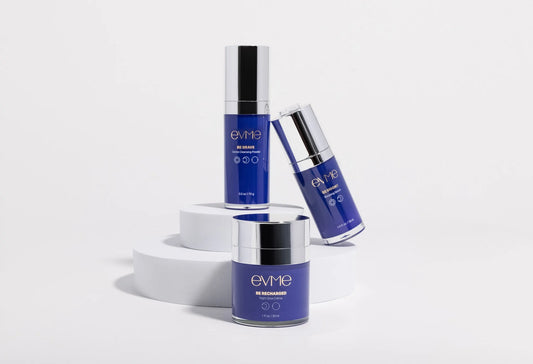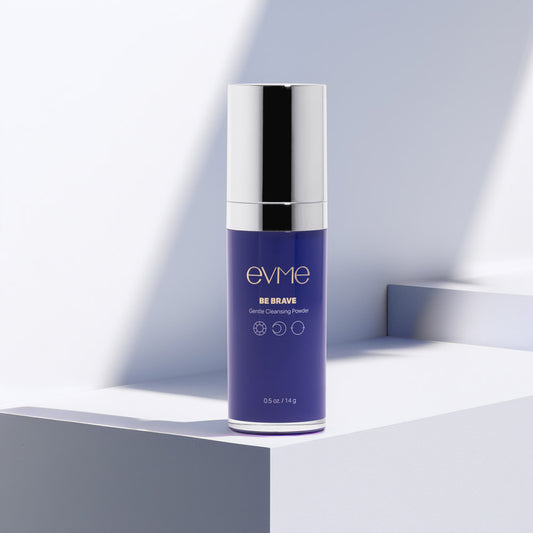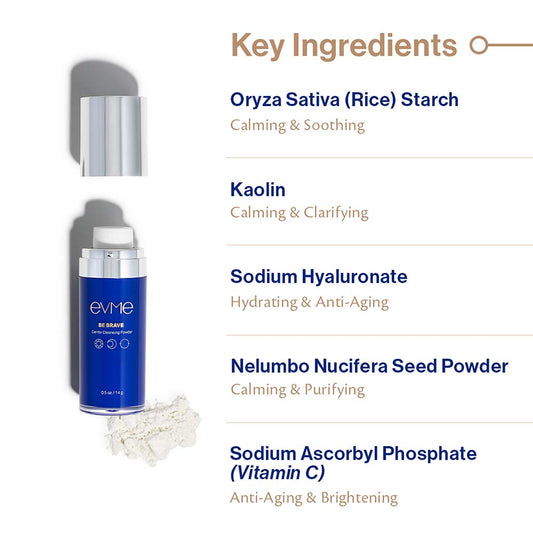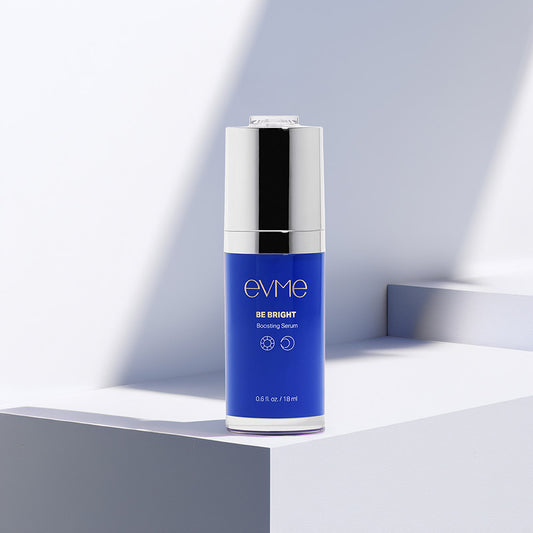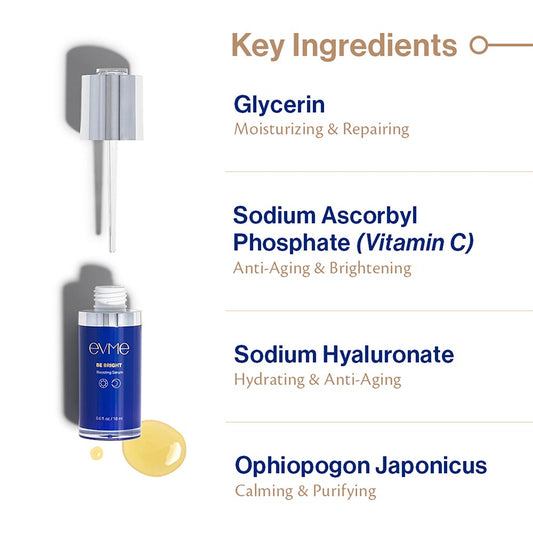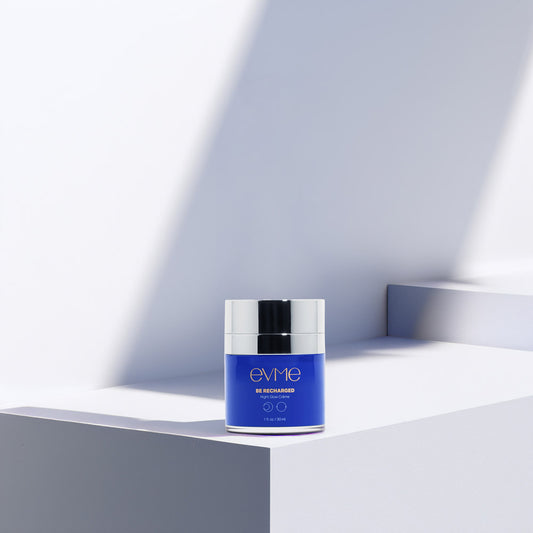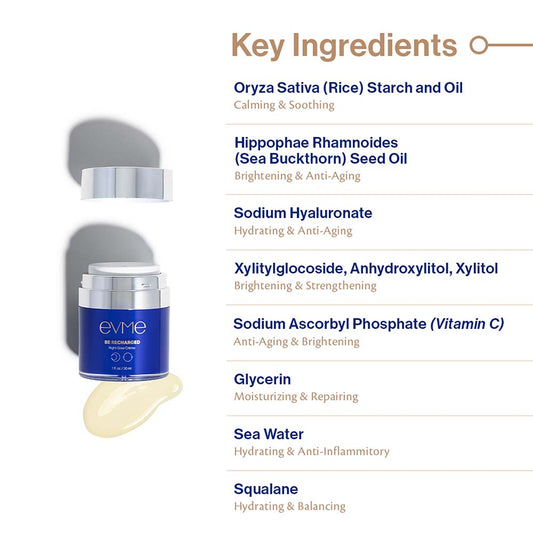Try Evme, allergist-created luxe skincare for sensitive and allergic skin.
Shop All ProductsWhat is Contact Dermatitis?
August 30, 2022
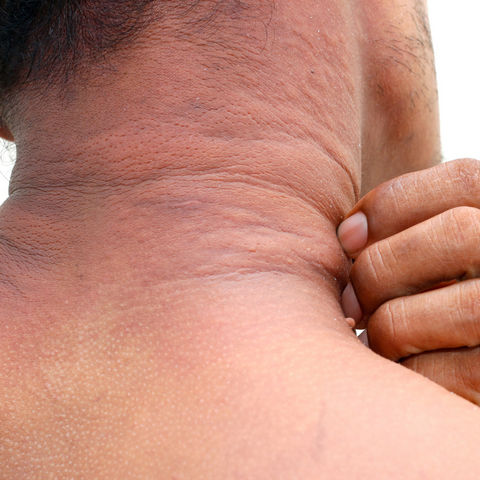
As an allergy and immunology doctor with sensitive skin myself, one of my life’s missions has been to help people avoid ingredients that cause skin to react with what we think of as allergies or irritation.
And, if you’re one of the 50-60% of people who consider their skin to be sensitive, you may be wondering if there are specific ingredients (a.k.a. exposures) that you can avoid to help your skin be less reactive—because who wants to deal with painful redness, swelling, scaling and rashes on your skin, just for trying skincare products that happen to contain an ingredient that causes your skin to react. I’m here to help solve your skin allergy issues from education to solutions.
Let’s start by focusing on the most common form of skin allergy. You guessed it – contact dermatitis. Though it may sound like a rare disease, it’s a common allergy that affects 20-40% of people in the world. So let’s get to it!
What is Contact Dermatitis?
It’s really just a fancy name for what’s actually a topical skin allergy – a form of inflammation that can occur on your skin with prolonged contact to an allergen. For example, if you use a product on your skin that has an ingredient you’re allergic to, you could suffer from contact dermatitis.
What Makes Contact Dermatitis Different from Other Skin Allergies?
One of the unique things about contact dermatitis is that it does not produce a reaction right away as it often takes more than 48 hours after exposure for your body to start showing symptoms. In fact, symptoms can sometimes even occur days to weeks after prolonged exposure. So that makes it tricky to know to remove the allergen or even detect which ingredient, product or entity the culprit actually came from! Was it the new moisturizer you tried, the scented laundry softener, or even your new earrings? And of course you’ll want to do this detective work to keep it from continuing to happen. The prolonged exposure time and often even longer time before symptoms appear make it different from other forms of allergy you may be more aware of, like food allergies or environmental allergies, which produce more “immediate” type reactions, where your symptoms typically show up within minutes of exposure and trigger a different type of reaction within the body.
What Can Cause Contact Dermatitis?
The most commonly-known example of contact dermatitis is poison oak. Even if you brush up against this for a brief moment, your body can react quite seriously with redness, rashes, blisters, and severe itchiness, about 2-3 days after exposure. Scary, right?! Even though poison oak is the example that most people know of, there are several possible triggers for contact dermatitis in everyday products that we should all be aware of.
Top Causes of Contact Dermatitis Include:
- Metals (specifically Nickel)
- Fragrances
- Preservatives
- Hair dye
- Adhesives/Acrylates
- And many more!
It may seem ironic that trying to take care of your skin can irritate it, but cosmetics and personal care products are one of the largest categories that cause contact dermatitis. In fact, most cases are caused by moisturizers or other skincare products, followed by hair and nail products. Although fragrances and preservatives are the biggest offenders, many essential components of cosmetic products can be allergenic, including surfactants, humectants, emulsifiers, antioxidants, fillers (excipients), hair dyes, sunscreens, and even natural ingredients!
How Do You Know if You’re Experiencing Contact Dermatitis?
We commonly see contact dermatitis present on the face. But the neck, chest, back, and hands are other common places you may experience symptoms. So what, exactly, are these symptoms?
Symptoms of Contact Dermatitis
If you’re experiencing contact dermatitis, you’ll notice redness, scaliness/flakiness, swelling, dry patches, bumps, blisters, or even crusts in severe cases.
Unfortunately, these reactions can last weeks to months, even after the offending agent has been removed!
How Can You Treat and Prevent Contact Dermatitis?
- Address the symptoms: Many cases require topical steroid creams prescribed by your doctor to help reduce the inflammation. In severe cases, oral steroids may be prescribed if it’s affecting a large part of the body or the reaction is particularly severe.
- Detect the allergen: Read labels and try to understand all the ingredients in the items you use on your skin. Make sure to avoid the top causes of contact dermatitis listed above.
- Choose allergen-free topical products: Realistically, any ingredient has the potential to be allergenic. At Evme, we’ve done everything in our reach to source the most non-reactive ingredients to get as close as possible to being allergen- and irritant-free!
Recommended articles
Evme Sans-Allergenic Skincare Products
- Choosing a selection results in a full page refresh.






